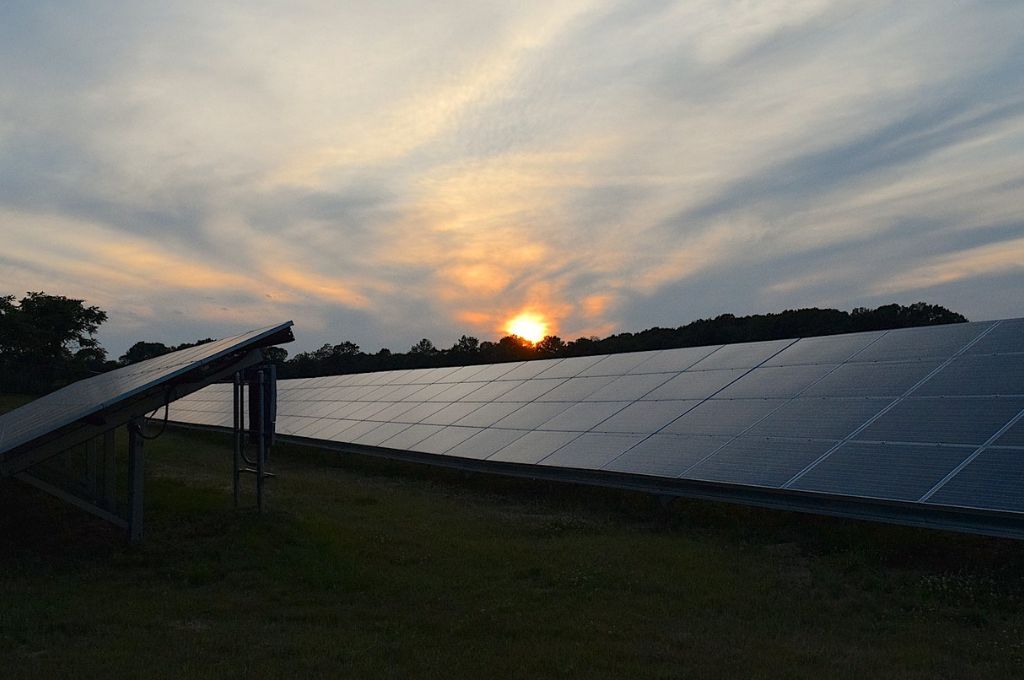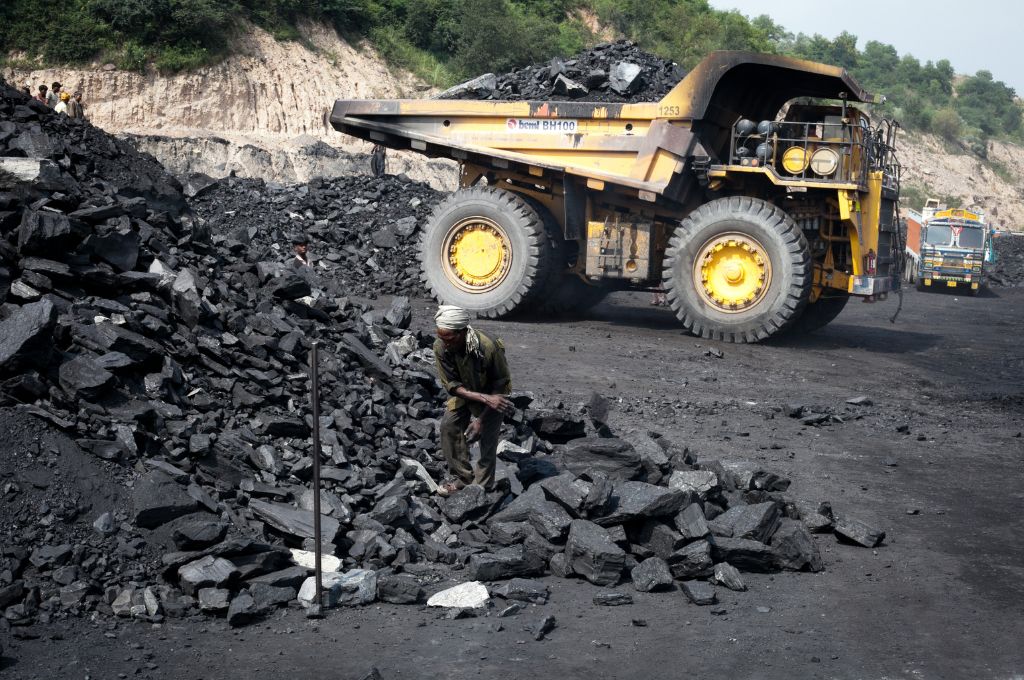Micro, small, and medium enterprises (MSMEs) have a dual relationship with climate change. On one hand, they are contributing to it, and on the other, they are vulnerable to its risks.
There are a number of studies that establish the fact that MSMEs have quite a significant footprint when it comes to greenhouse gas (GHG) emissions. For example, according to a study conducted by CSTEP, in 2015-16 the informal sector (which is largely composed of MSMEs) consumed approximately 13 percent (81 million tonnes or mt) of coal and lignite, seven percent (8.5 mt) of petroleum products, and eight percent (3.3 billion cubic metres) of the natural gas supplied in India. Further, this sector emitted 110 mtCO2e (110 million tonnes of CO2 equivalent) in 2015–16, owing to fossil fuel usage.
MSMEs are also disproportionately affected by climate risks.
We also know that MSMEs are disproportionately affected by climate risks. Both physical risks (damage to infrastructure and assets such as buildings and factories, as well as to people and communities), and transitional risks (policy changes, reputational impacts, and shifts in market preferences and technology) slow down or halt the operations of a MSME, leaving them in need of immediate and considerable financial support.
Given this, it is understandable why MSMEs require an urgent push towards the adoption of technologies that lower their emission footprints and reduce their vulnerability to climate change. Climate finance can help MSMEs make this transition. However, this has remained elusive to a large number of eligible enterprises.
Related article: Climate change, disasters, and what philanthropy can do
What makes climate finance hard to access for MSMEs?
The credit gap for MSMEs in India was pegged at about USD 240 billion (about INR 16.66 lakh crore) in 2018. Considering the fact that a large number of MSMEs still struggle to get traditional finance in India, climate finance is a distant dream. Here are some factors that contribute further to the difficulty:
Lack of awareness about climate finance mechanisms and provisions is a major concern among MSMEs. Majority of the MSMEs in India are micro enterprises (approximately 99 percent). These enterprises are located across the country, including in remote geographies.
The lack of available information on climate finance and low financial literacy levels limit their understanding of how their businesses could benefit from climate finance. They would not know, for instance, that leveraging climate finance can help them manage some of their business risks, or about the availability of newer, cost-effective technologies that reduce carbon emissions. As a result, they would not know to go looking for these opportunities, let alone think through how they could benefit from them.
It has been observed that only around 16 percent of MSMEs, are being financed by the formal banking system in India. Given that climate finance in India flows mainly through formal financing structures with stringent rules and regulations such as Union Budgets, State Budgets, national climate funds (National Clean Energy Fund [NCEF] and National Adaptation Fund [NAF], for example), private climate finance (Clean Development Mechanism [CDM], for example), and international climate finance (Green Climate Fund [GCF] and Global Environment Facility [GEF], for example), this acts as another barrier.
What’s more, international climate finance institutions and facilities such as the GCF require applications from a dedicated accredited entity or a qualified financial institution working with an entity accredited by the GCF, to propose approaches that deploy financial solutions for MSMEs.
There have been a number of mechanisms and programmes supported by the World Bank, GEF, and others, that have been successfully implemented to bring the benefits of climate finance or development finance to MSMEs, specifically to help them transition to modern, energy-efficient technologies.
However, participation of MSMEs in these schemes has been limited due to a number of factors, including the necessity of an upfront investment, procedural requirements such as preparation of detailed project reports, energy and emission audits, and so on. These are not feasible for a large number of small and micro enterprises since they don’t have the capabilities or resources to do this.

Considering the fact that a large number of MSMEs still struggle to get traditional finance in India, climate finance is a distant dream. | Picture courtesy: Pexels
What can we do to enable climate finance flow to MSMEs?
There have been a number of attempts to reimagine climate finance and work on the challenges that exist in the current ecosystem. For example, the Ministry of Micro, Small and Medium Enterprises has ongoing initiatives to create awareness among MSMEs about new technologies, along with several incentives and schemes to support them.
However, the attempts so far have been inadequate, in part because most of them require MSMEs to proactively explore climate finance, which, given their informal nature and lack of technical know-how, is difficult. Here’s what can be done to change this:
Instead of eligible MSMEs chasing climate finance, the ecosystem should look for eligible enterprises and deliver climate finance to them. While this may sound like wishful thinking, it can actually be built on the blocks of the new initiatives currently being provided by the ministry.
- The existing MSME databank can be further developed to collect data which tells MSMEs whether they are suitable for climate finance, and then guide them accordingly.
- The existing Data Analytics and Technical Coordination (DATC) wing set up to support the MSME sector can be leveraged to understand the vulnerability of a given enterprise to climate risks and develop support measures for them.
- Direct benefit transfers (DBT) can be leveraged to deliver subsidies and social welfare benefits to MSMEs.
The next set of measures needs to focus on the existing eligibility requirements of MSMEs for climate finance. Currently, the eligibility criteria vary from scheme to scheme and from mechanism to mechanism (GCF, NCEF, and others). For example, MSMEs cannot directly avail climate finance from GCF and other similar sources since their funding requirements are significantly smaller than what the GCF provides.
There is also a need to have simpler processes of registration for climate finance, as well as for verification of climate benefits.
There is also a need to have simpler processes of registration for climate finance, as well as for verification of climate benefits. Currently, both these serve as deterrents for MSMEs because of their inability to invest upfront in these processes.
The other requirement is to have a dedicated climate finance facility for non-bank financial companies (NBFCs) and microfinance institutions (MFIs) catering to MSMEs. Financial institutions access climate finance from GCF or other such sources and then deliver it onwards. This does not work for MSMEs, as a majority of NBFCs or MFIs who are the main providers of finance to MSMEs are either not eligible (due to stringent eligibility criteria) or find it very difficult to access climate finance.
Thus, eligibility requirement of financial institutions delivering climate finance need to have specific provisions for NBFCs and MFIs that enable them to avail of climate finance themselves. (It is worth mentioning here that climate finance often has restriction of exclusivity on its use, so the financial institutions delivering it have to showcase that the pool of capital that they have accessed from these sources is only being used for financing projects or interventions that have climate benefits.)
There is need for processes and mechanisms so that not just MSMEs, but the financial institutions catering to MSMEs are also able to leverage climate finance in order to build a MSME-friendly financing ecosystem.
Overall, there is a need to develop a mechanism that enables climate finance to reach MSMEs proactively. For this, there is a need to revisualise the role of financing institutions that cater to the MSME sector. SIDBI, NABARD, and IREDA (for green finance) have been primarily focusing on direct financing or refinancing of loans to NBFCs and other financial instituions catering to MSMEs, which are quite insufficient considering the total credit requirement of MSMEs.
These institutions (or probably new ones) should focus on unlocking more capital to the MSME sector by first loss default guarantees or other risk mitigation measures that enable more credit to the MSME sector. As we bring more formal credit to them, enabling climate finance will become easier.
As we bring more formal credit to them, enabling climate finance will become easier.
Furthermore, there is a need to build the capacity of financial institutions and include them in the process of origination, application, and delivery of climate finance. This requires building their capacity and providing them easier access to climate finance as well. They should also be leveraged to serve as a guide to the MSMEs. Financial institutions can easily identify potential climate finance beneficiaries by having a few additional questions in the loan applications; they can use this to guide their MSMEs through the process.
Financial institutions catering to MSMEs are the most critical stakeholders in enabling climate finance for MSMEs, and it is almost impossible to think of an effective climate finance ecosystem for MSMEs if we do not leverage them optimally.
—
Know more
- Learn more about climate finance from the the United Nations Framework Convention on Climate Change.
- Read the Global Climate Finance Architecture report.
- Understand how climate finance ‘flows’ around the world.
- Explore the Global Landscape of Climate Finance 2019.
Do more
- If you are an organisation working on climate change adaptation projects, apply for funding from the Adaptation Fund before August 10, 2020.





